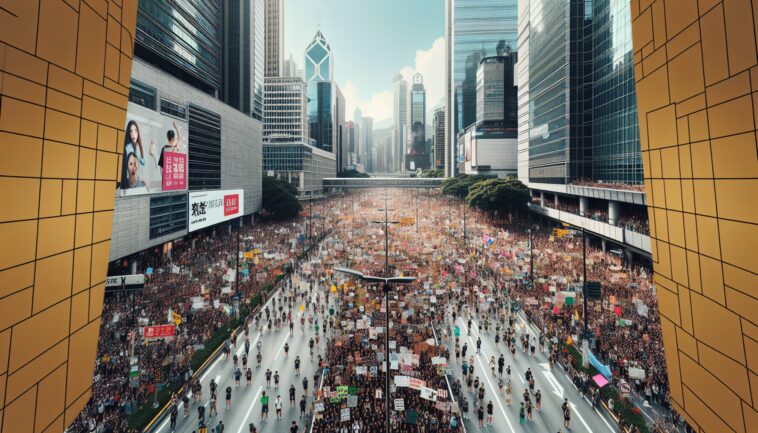Table of Contents
Understanding the Tesla Takedown Movement
In a striking display of public dissent, crowds gathered outside Tesla dealerships across the United States and in select European cities to protest against Elon Musk’s controversial role in the newly established Department of Government Efficiency (DOGE).
This movement, dubbed the Tesla Takedown, aims to challenge Musk’s influence over government operations and his perceived disregard for public welfare.
The Rise of Anti-Musk Sentiment
As the world’s richest man, Musk’s estimated fortune of $340 billion is largely tied to his electric vehicle company, Tesla.
However, his recent actions, including the shuttering of government agencies and access to sensitive data, have sparked outrage among consumers and activists alike. The protests on Saturday marked a significant escalation, with demonstrators surrounding all 277 Tesla locations in the U.S.
in a bid to impact the company’s sales. Signs reading “Honk if you hate Elon” and “Fight the billionaire broligarchy” echoed the sentiments of many who feel disenfranchised by Musk’s decisions.
Global Impact and Local Responses
While the protests in Europe were smaller in scale, the anti-Musk sentiment was palpable.
In London, a handful of protesters gathered outside a Tesla dealership, drawing attention with provocative signs. One particularly striking image juxtaposed Musk with Adolf Hitler, a comparison that has been made in light of Musk’s controversial gestures and statements.
Activists like Cam Whitten emphasized the need for awareness, stating, “We just want to get loud, make noise, make people aware of the problems that we’re facing.” This sentiment resonates deeply with a generation increasingly concerned about corporate influence in politics.
The Role of Celebrities and Politicians
The Tesla Takedown movement has garnered support from various public figures, including actor John Cusack and Democratic lawmakers like Rep. Jasmine Crockett. During an organizing call, Crockett urged supporters to continue their advocacy, stating, “I just need you all to make sure you all keep screaming in the streets.” This call to action reflects a broader trend of celebrities and politicians aligning with grassroots movements, particularly among younger demographics who are increasingly vocal about social justice issues.
Concerns Over Violence and Vandalism
While the majority of protests remained peaceful, there were instances of vandalism that raised concerns among law enforcement. U.S. Attorney General Pam Bondi condemned these acts as domestic terrorism, highlighting the fine line between peaceful protest and criminal activity. Musk himself expressed disbelief at the violence, urging individuals to “stop acting psycho.” The importance of maintaining peaceful protests was echoed by organizers, who emphasized that the movement’s strength lies in its ability to unite voices against perceived injustices.
Consumer Sentiment and Market Reactions
As the protests unfold, a growing number of Tesla owners are reconsidering their purchases. Many are looking to sell or trade in their vehicles, while others have taken to social media to express their discontent with Musk’s leadership. Despite these challenges, Musk remains optimistic about Tesla’s future, predicting that the Model Y will continue to be the best-selling car globally. However, analysts warn that the backlash against Musk could have lasting implications for Tesla’s brand and market performance.
The Future of Tesla Amidst Turmoil
As the protests continue, the question remains: how will Musk navigate this turbulent period? Analysts suggest that this could be a pivotal moment for the billionaire, as he faces increasing scrutiny over his dual roles in business and government. The outcome of the Tesla Takedown movement may not only impact Musk’s reputation but also shape the future of corporate governance in an era where public opinion is more influential than ever.




